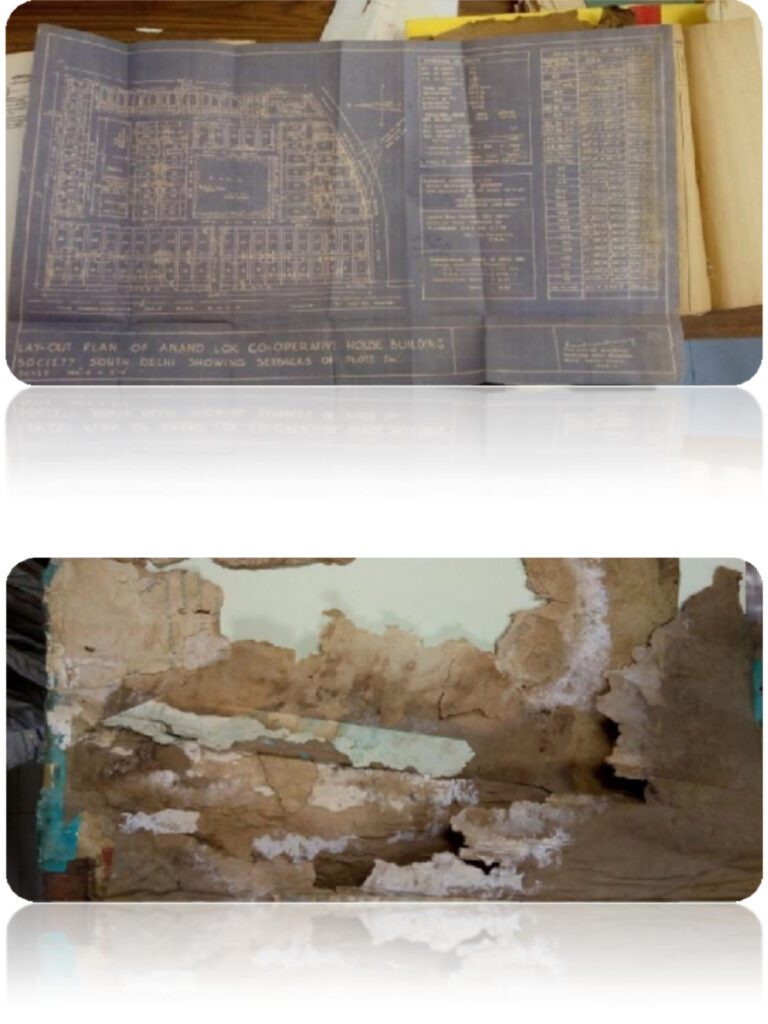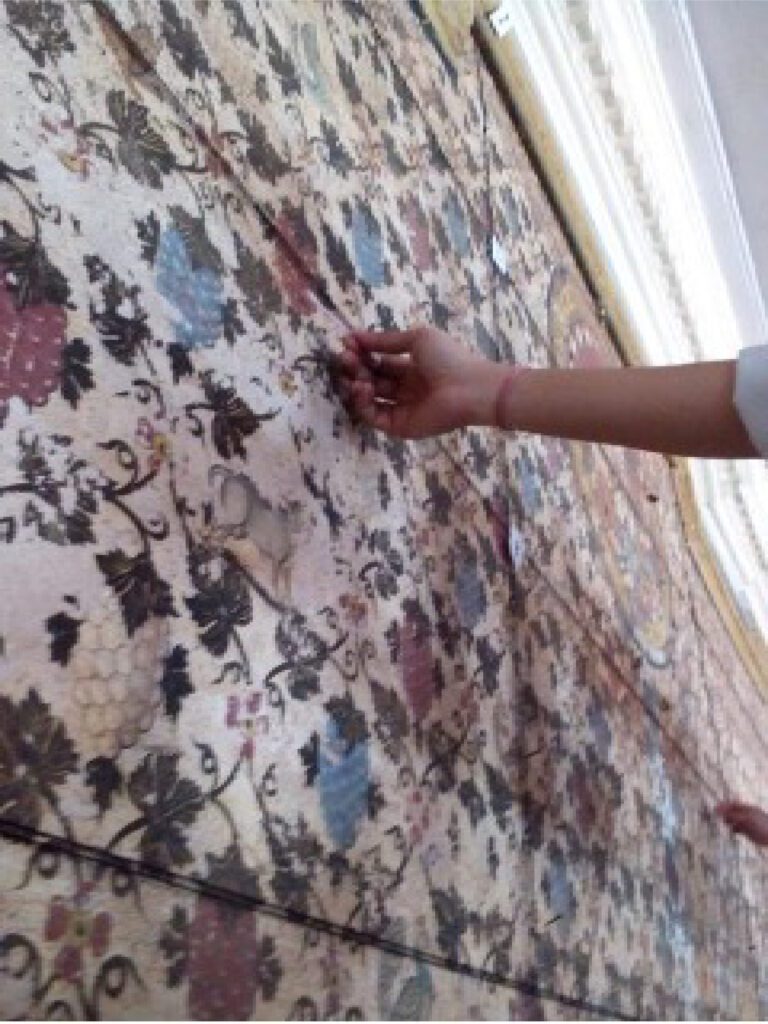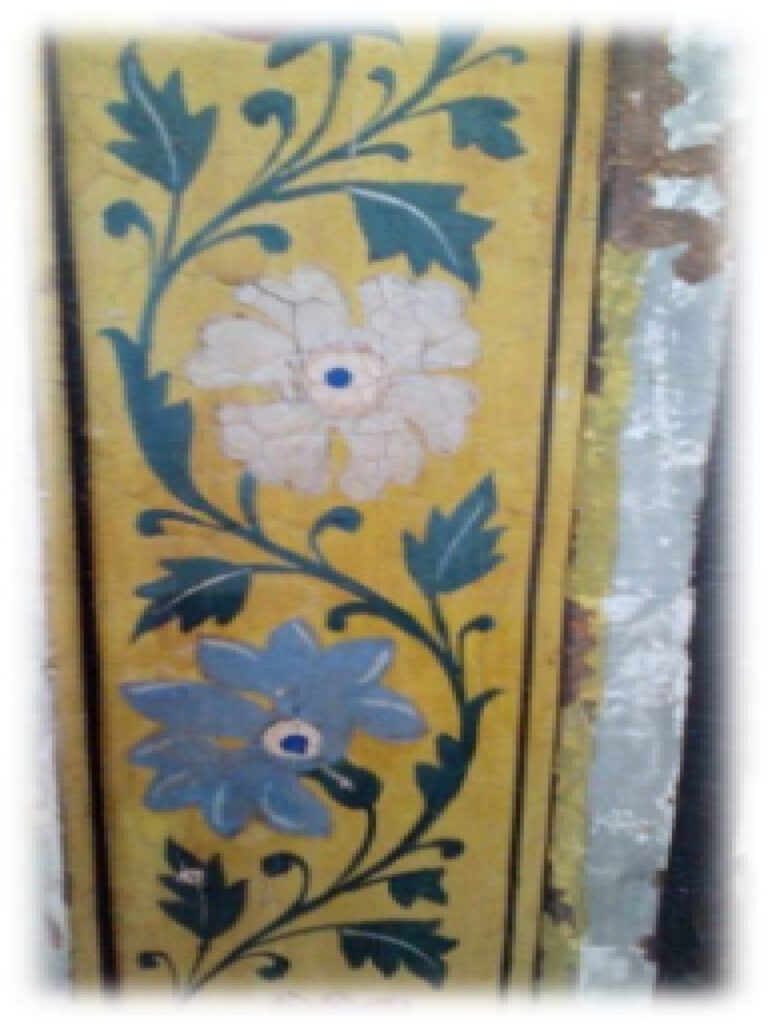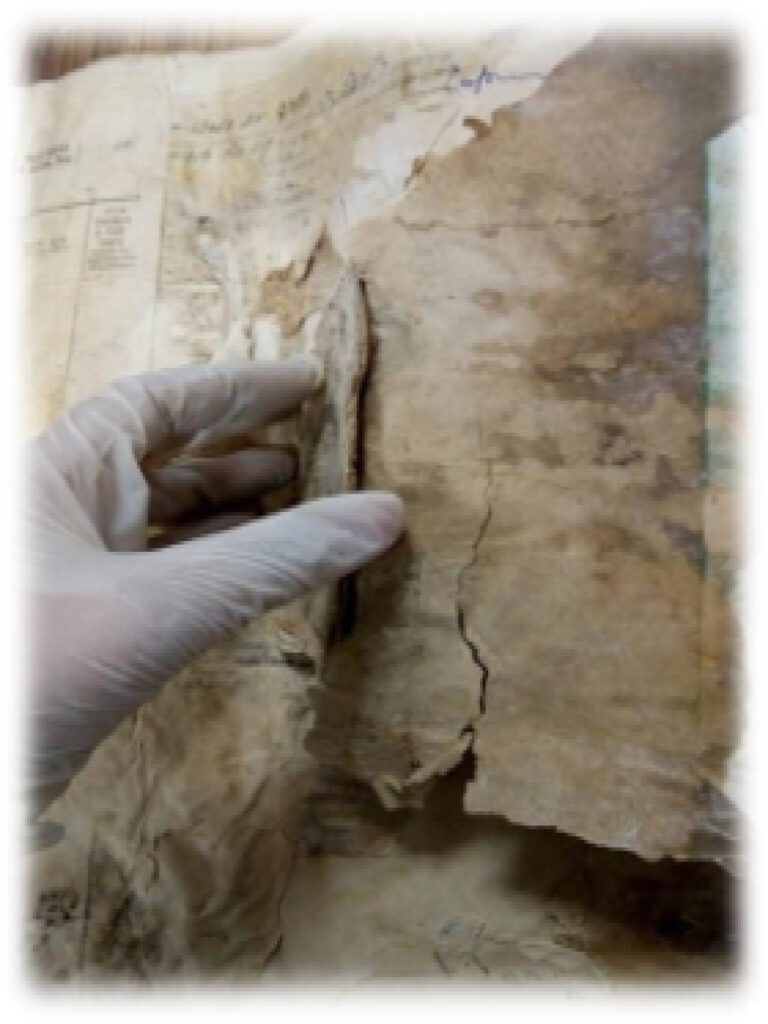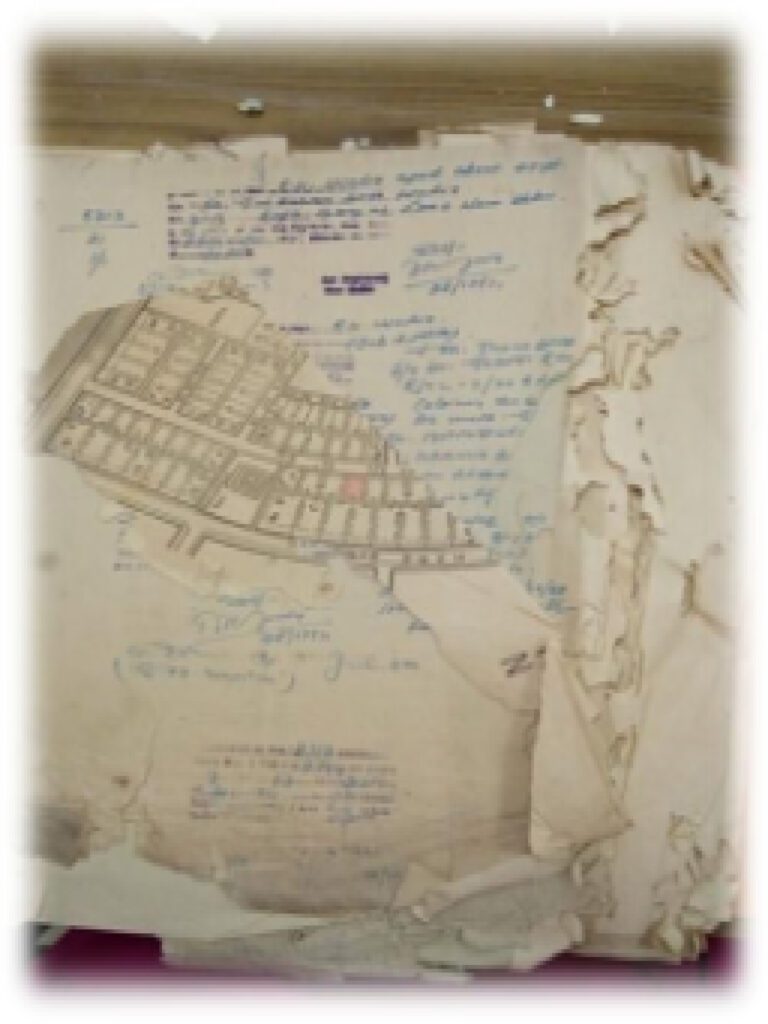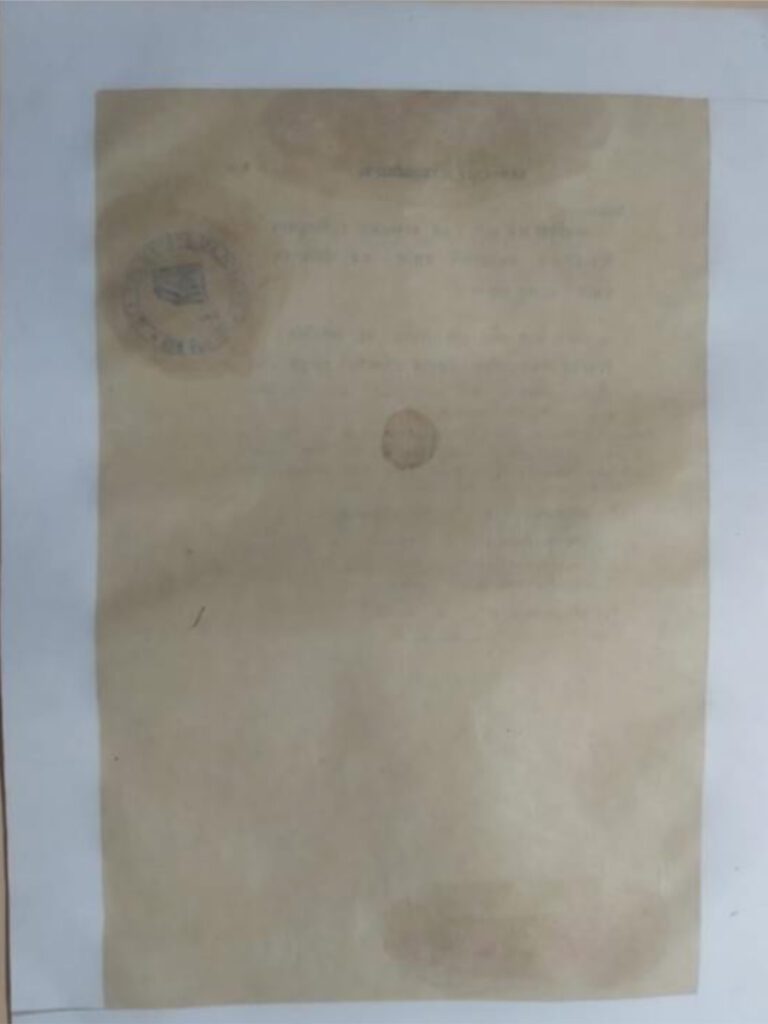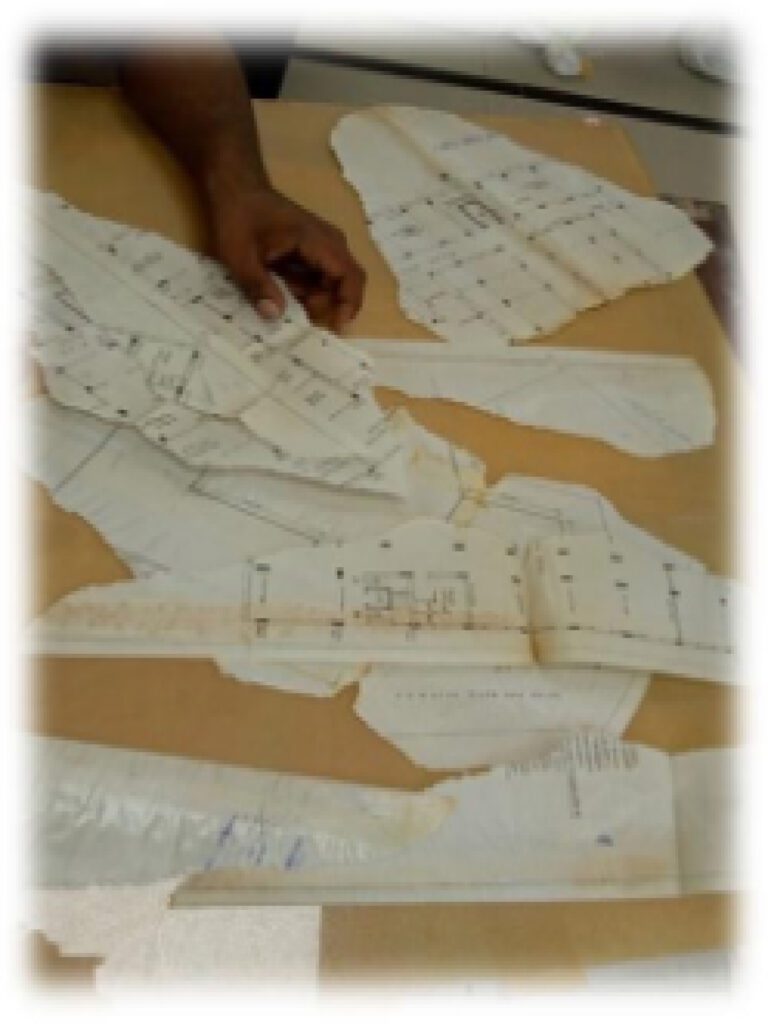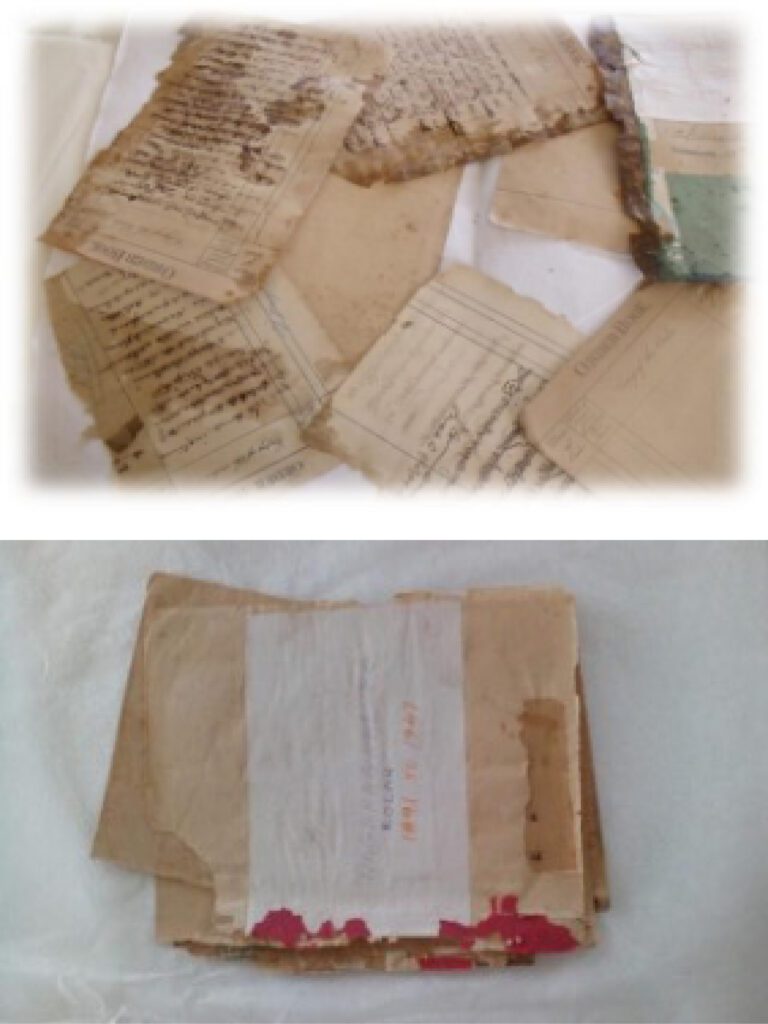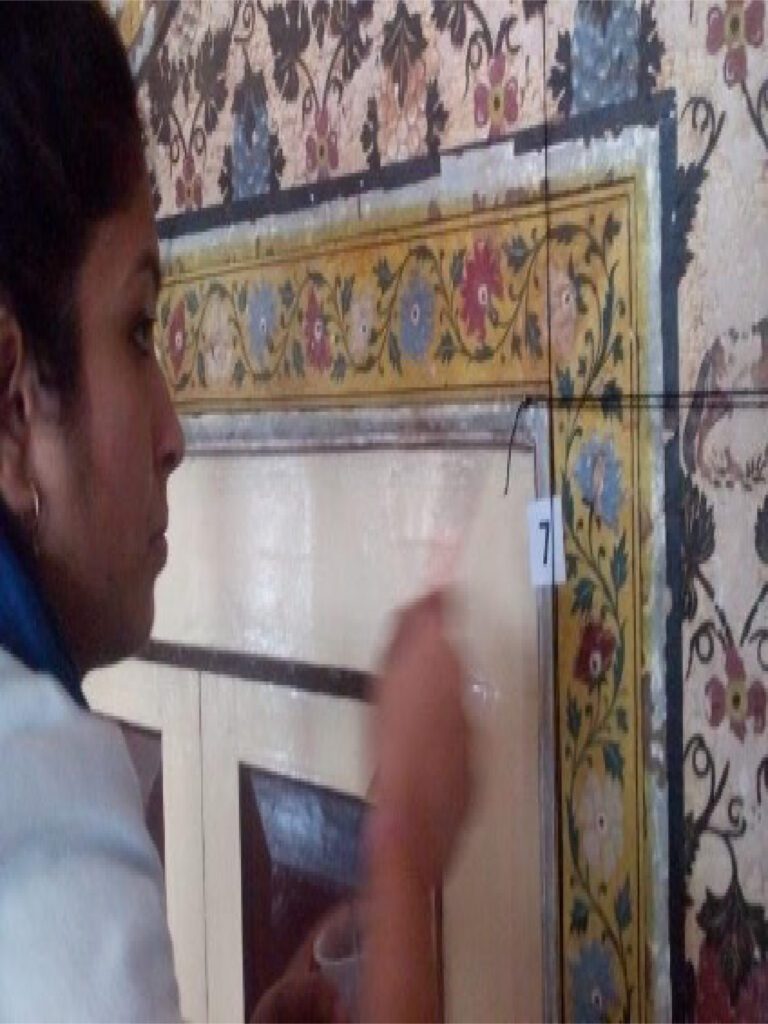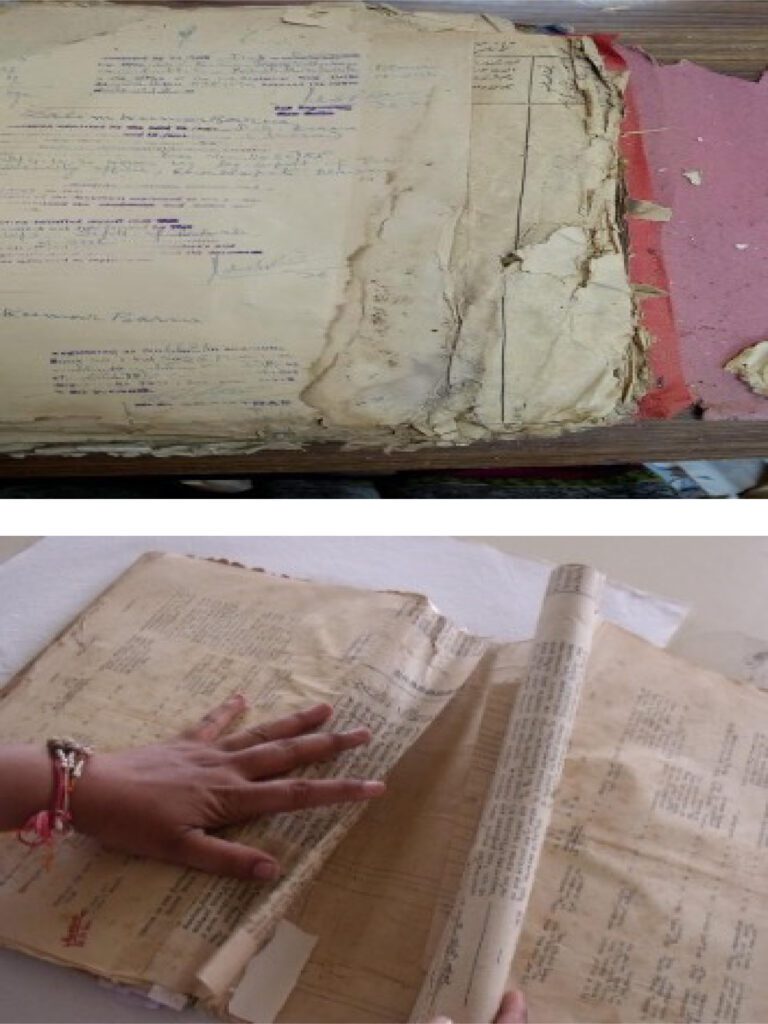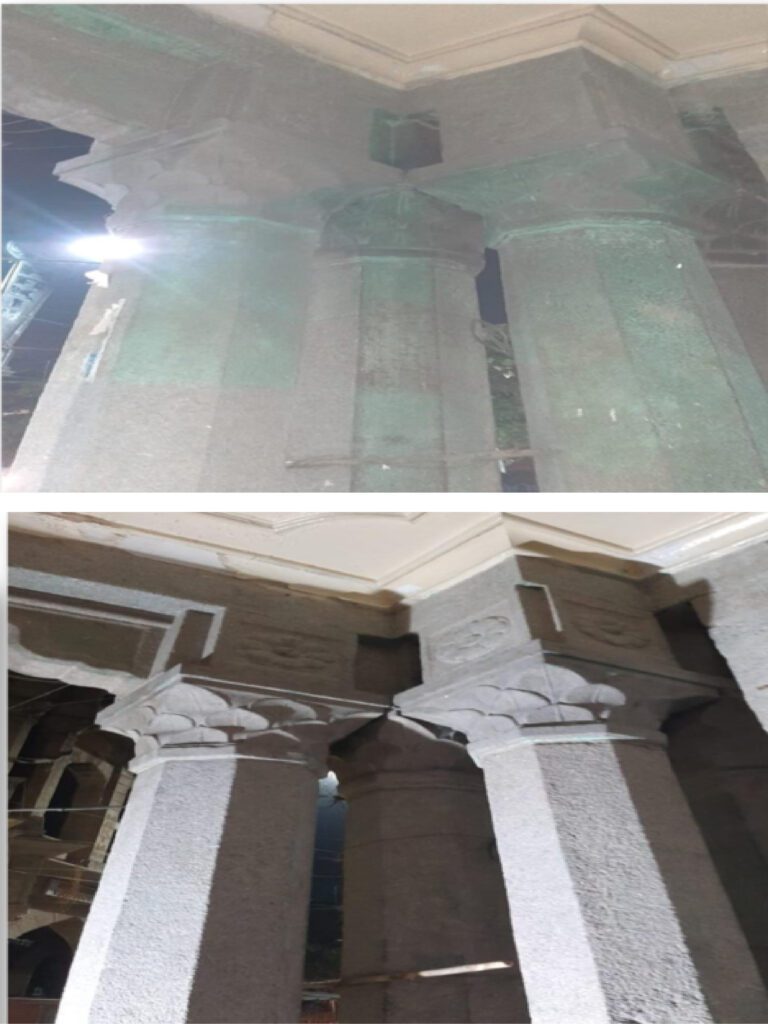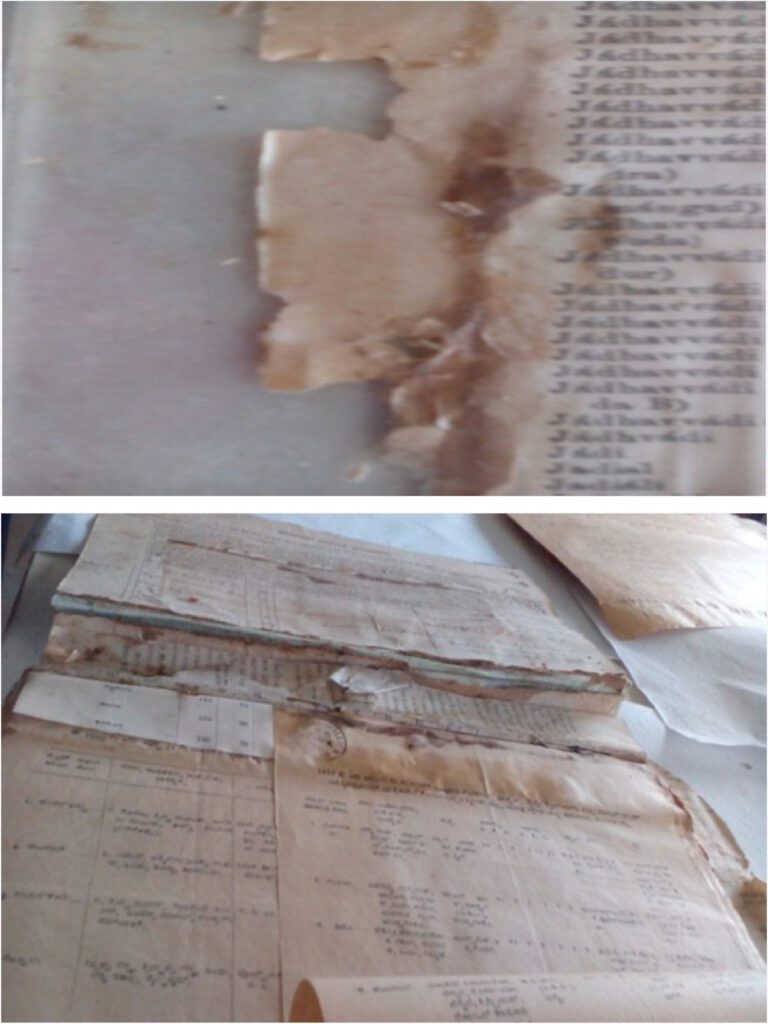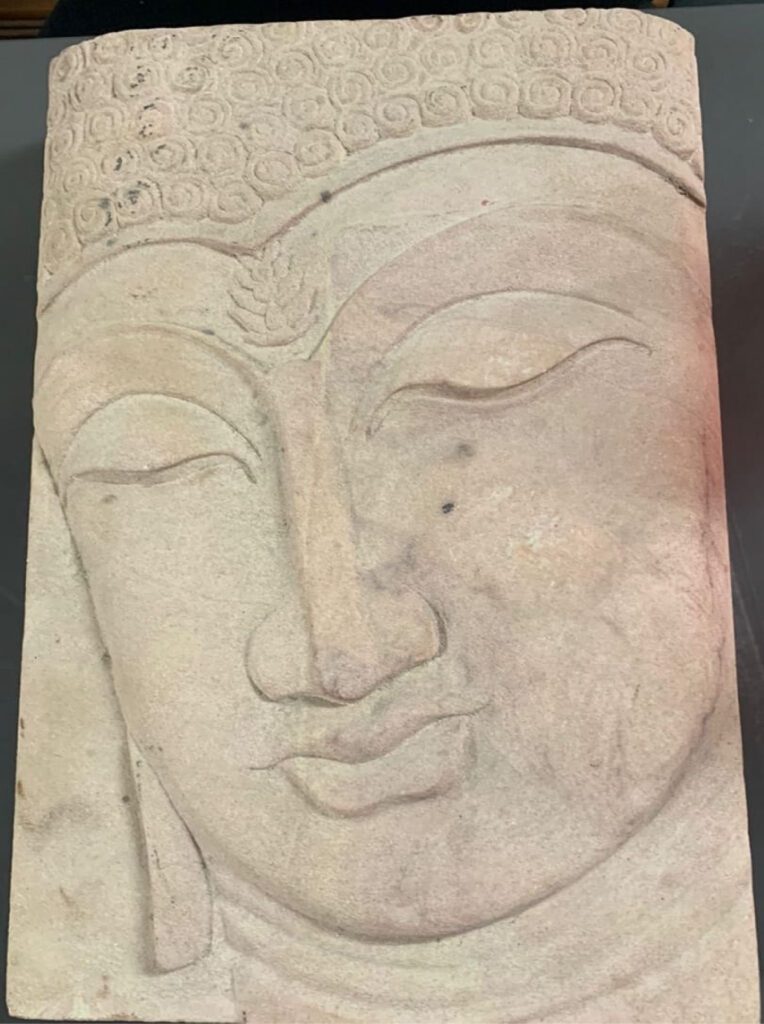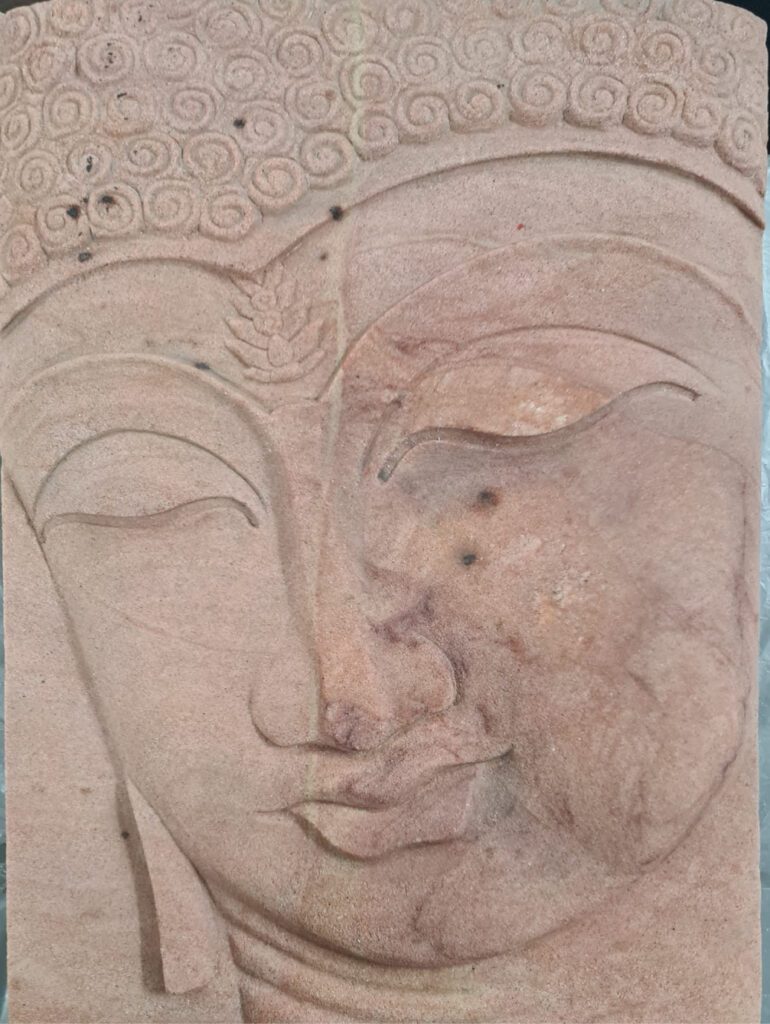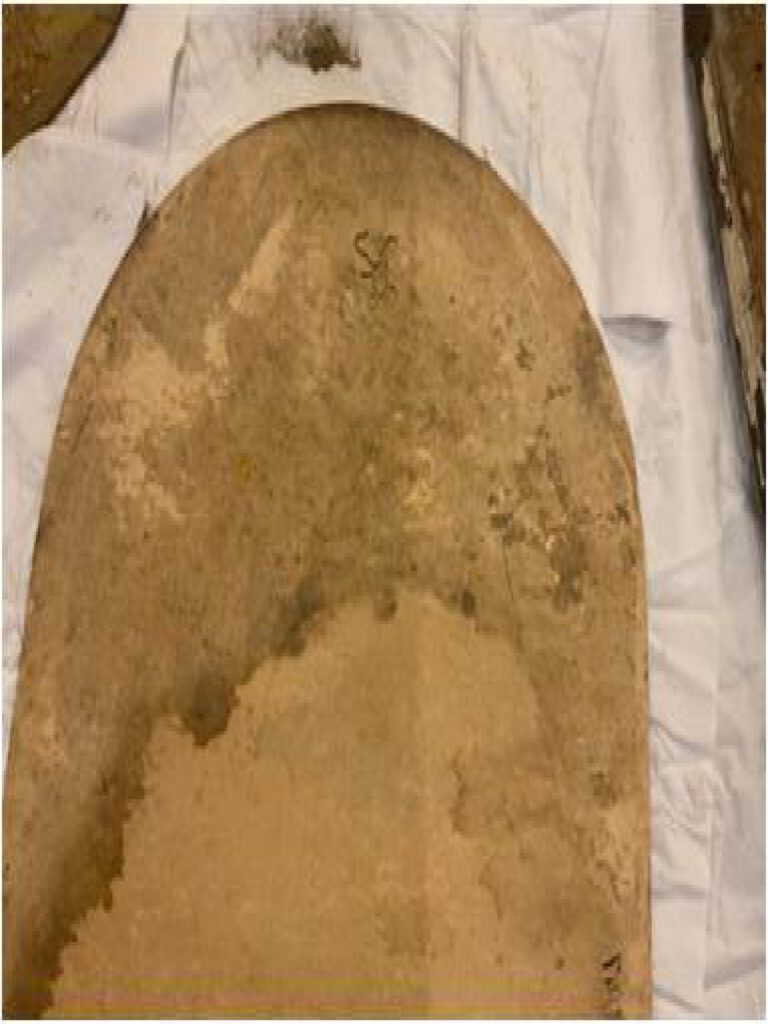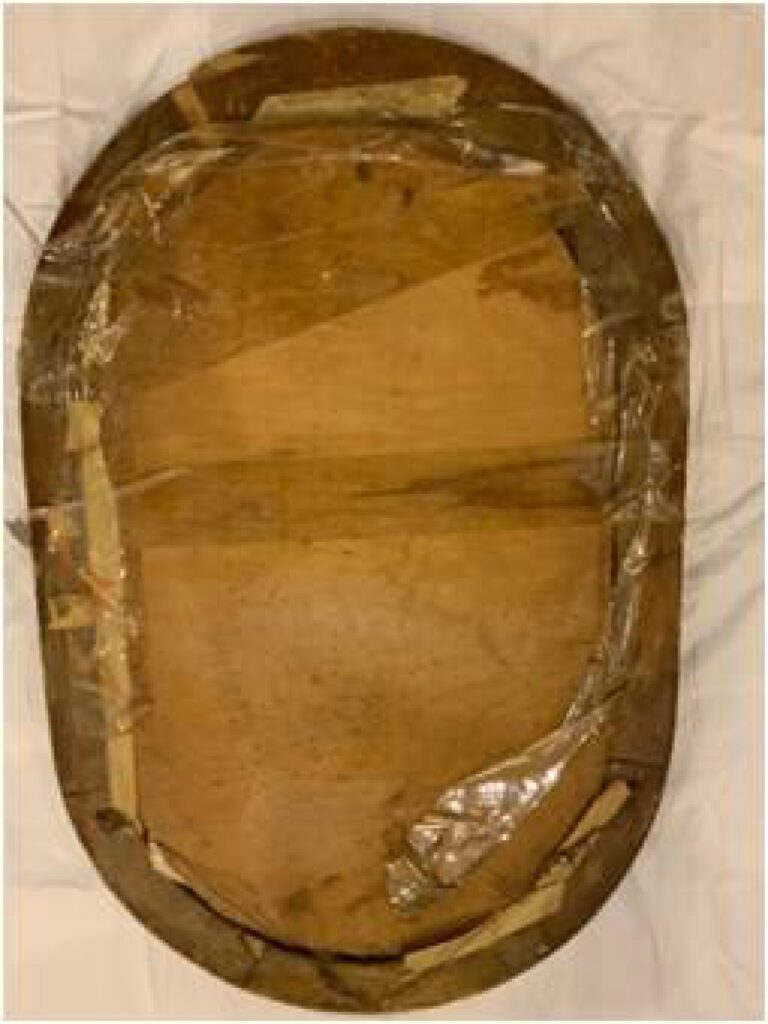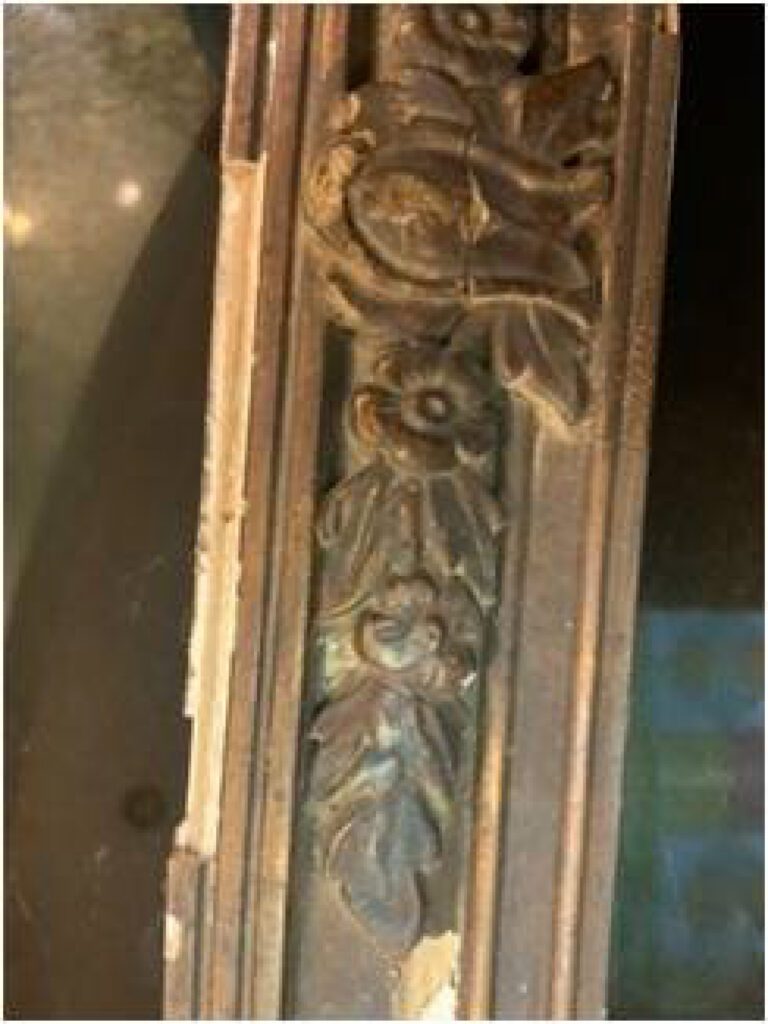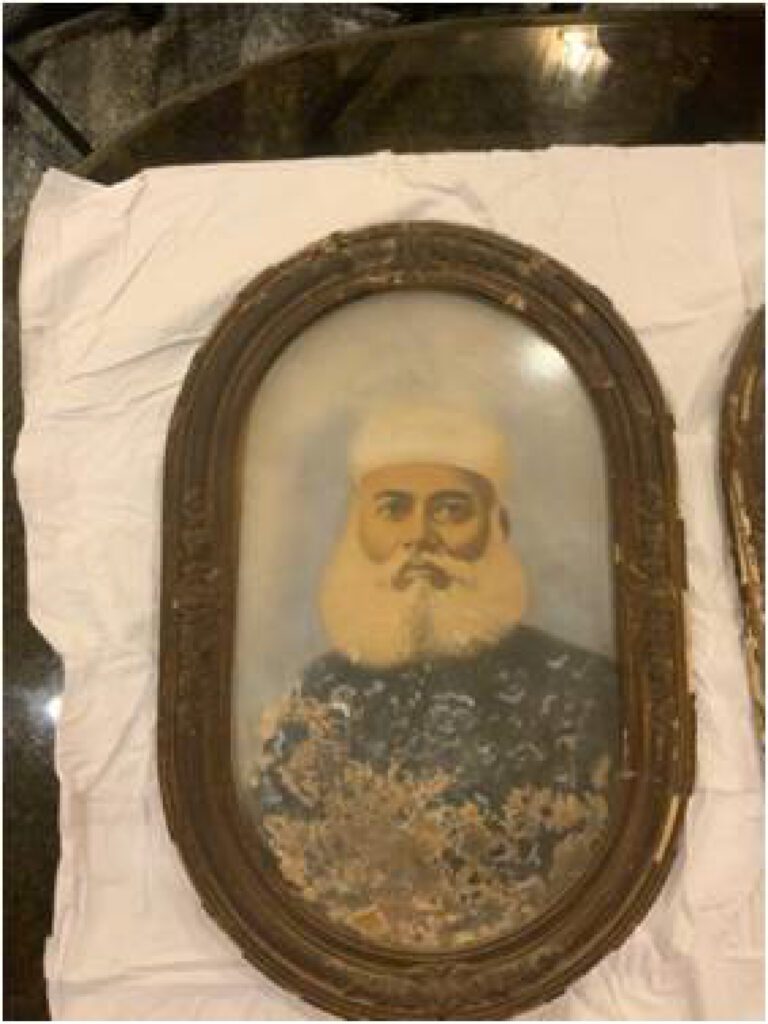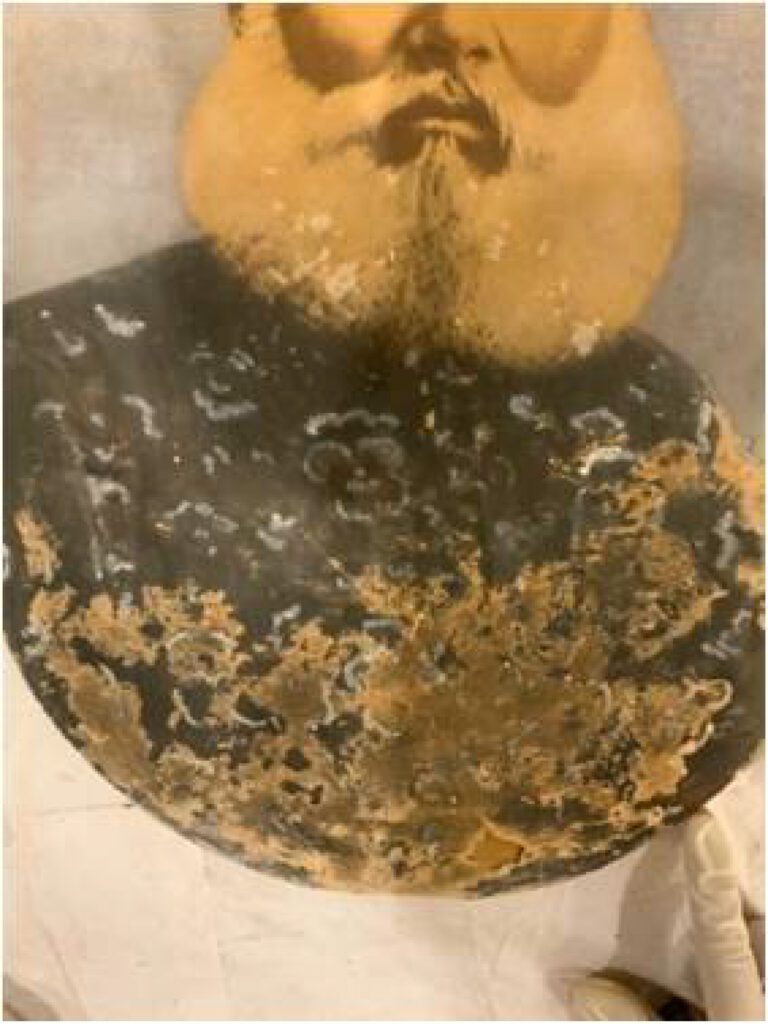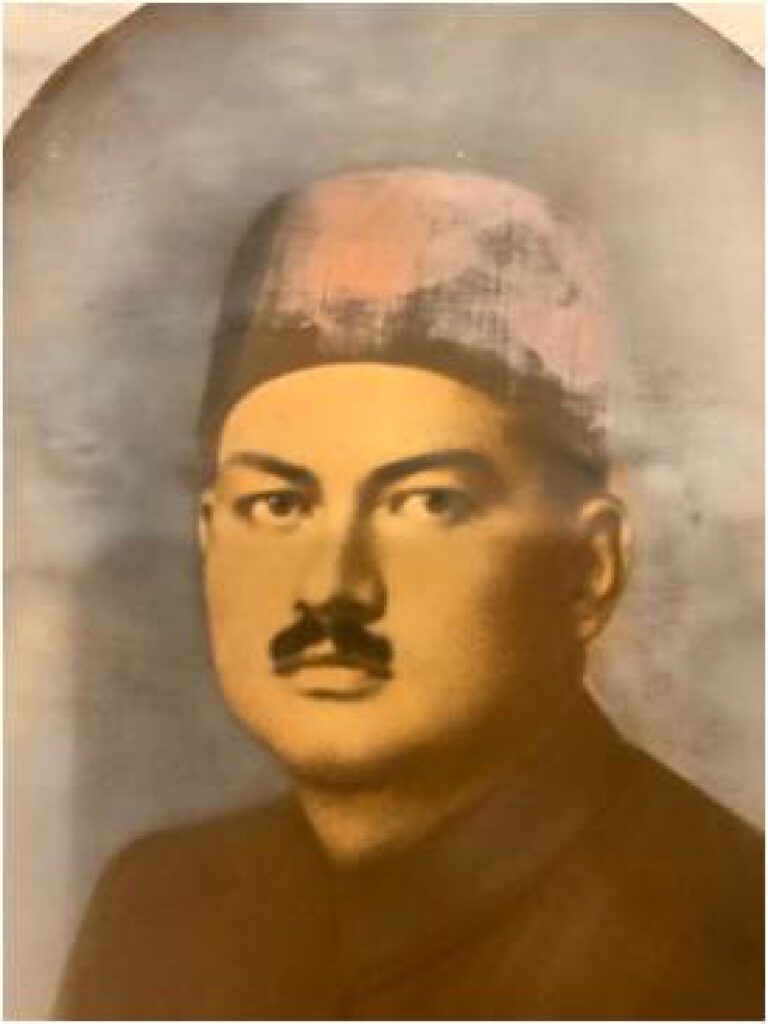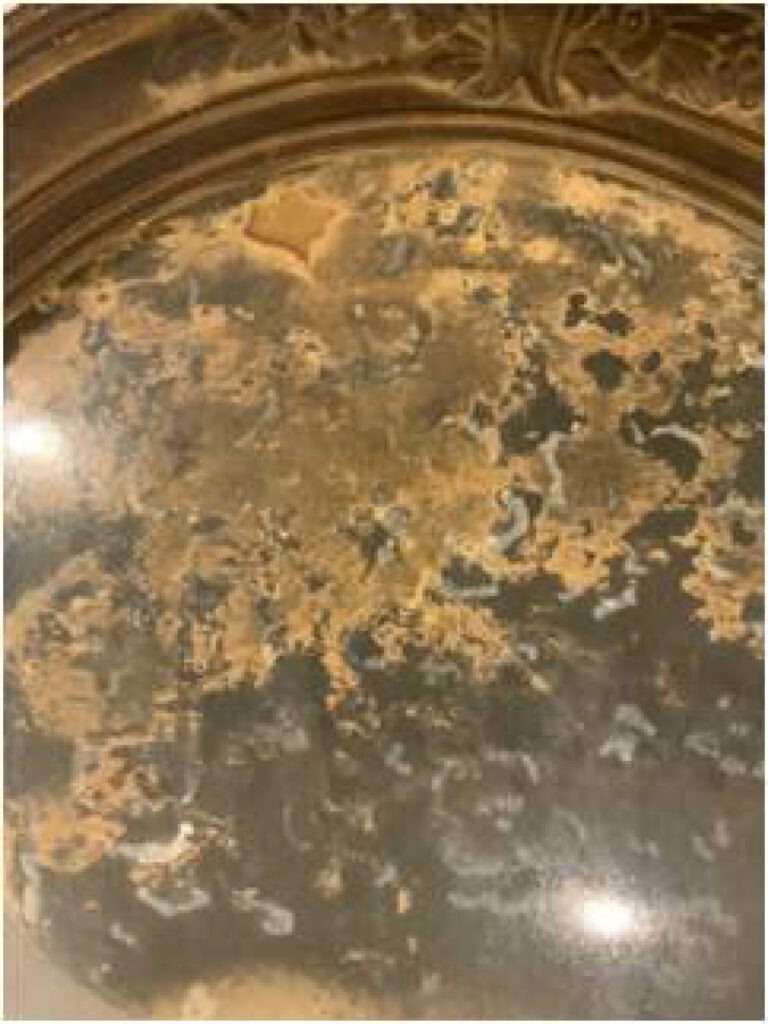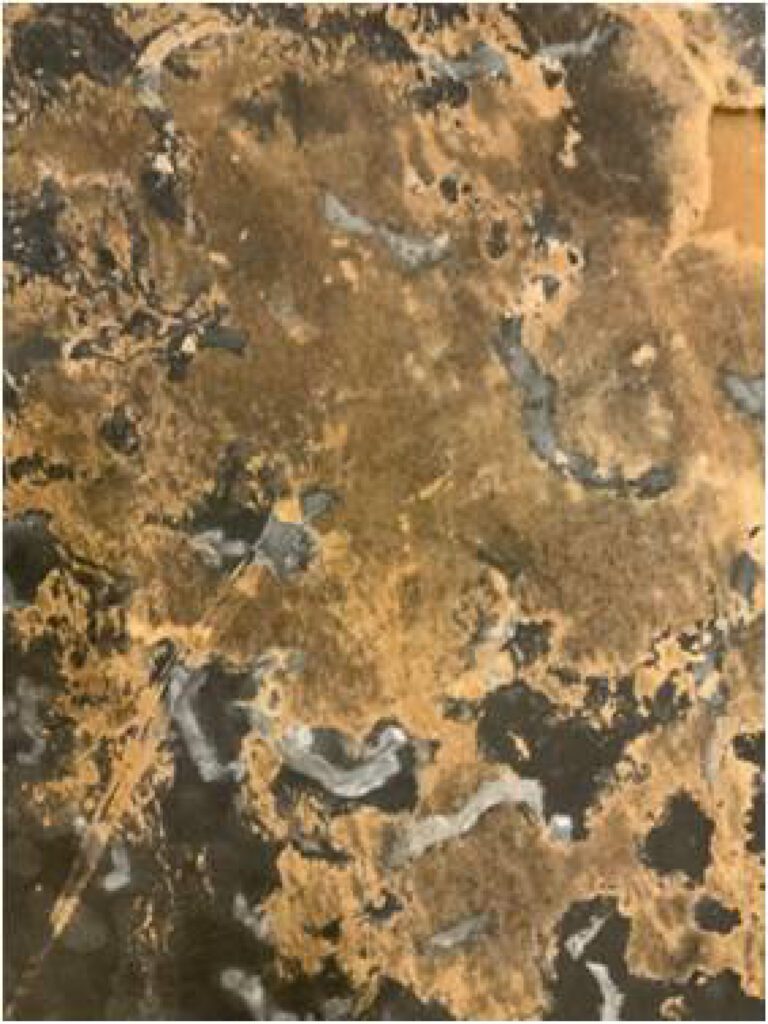Art Conservation
Heritage Consulting, Restoration and Execution...
Art Conservation
Handwritten or Printed Manuscripts Conservation –
Conservation and restoration of handmade paper, machine made paper (printed) with any type of ink, artistic genres and periods.
Specialized Conservation techniques of handmade, Machine-made paper, palm leaf manuscripts, books and their bindings, Farmaans of any size, legal documents etcetera.
Paintings
Restoration of Canvas, fabric, traditional panel paintings, contemporary paintings, icons, non-Indian paintings, portrait, and miniature, reverse glass painting, painting with large dimensions etcetera
Throughout the years paintings can get deteriorated for many reasons: humidity and temperature, moisture, heat, light pollutants and pests can slowly or suddenly cause damage to a painting.
Conservation and restoration of handmade paper, machine made paper (printed) with any type of ink, artistic genres and periods.
Specialized Conservation techniques of handmade, Machine-made paper, palm leaf manuscripts, books and their bindings, Farmaans of any size, legal documents etcetera.
Paintings
Restoration of Canvas, fabric, traditional panel paintings, contemporary paintings, icons, non-Indian paintings, portrait, and miniature, reverse glass painting, painting with large dimensions etcetera
Throughout the years paintings can get deteriorated for many reasons: humidity and temperature, moisture, heat, light pollutants and pests can slowly or suddenly cause damage to a painting.
Up keep of old paintings considering the weather conditions, humidity, temperature, moisture, heat, light, air pollutants, pests and insects is a difficult task, regular maintenance and constant watch is required at intervals. Some of the most common issues with paintings are:
• Tears & Holes
• Nicotine
• Mold
• Grime and Dirt
• Deformation of the support
• Discoloration of the varnish
• Cracking
• Abrasion
• Soot
• Soot & Water
• Losses
• Blanching
• Infestation
• Stretcher mark/ Indentation
Sculptures and Artifacts Conservation & Restoration-
Deccan Art Conservation offers artwork restoration for indoor sculptures, objects and artifacts such as fine and decorative art objects; wooden artifacts; archaeological, ethnographic, and historical artifacts; and contemporary artworks.
Our extensive knowledge of materials and fabrication techniques enables us to ensure the artworks are brought to their original state and determine the best art conservation treatments for your collection.
Sculptures and artifacts can be damaged by a multitude of factors:
• Decay and conservation problems are often the results of the reactions of sculptures and artifacts with their environment, such as inclement weather, erosion, repeated wetting and drying, changes in temperatures, and humidity.
• Wood sculptures can be severely damaged by pest infestation and need to be treated with products that will not cause any further damage.
• Damage can also be occurred by poor transportation, installation, maintenance, and repair.
• Sculptures and artifacts also need to be periodically cleaned with non-aggressive solutions that could cause potential issue.
Traditional Fabric Conservation –
We offer art work conservation of traditional dresses, Kaleen’s, fabric paintings, Decorative works in fabric, poshaak, sketches in fabric.
We specializing in:
• Linen
• Himroo
• Velvet
• Cotton / Khadi
Wall Painting Conservation & Restoration
Wall paintings are an important record of our artistic and cultural value and their conservation requires an interdisciplinary approach. A great number of factors need to be taken into consideration during the restoration of wall paintings, such as their aesthetic value, their physical unity with the architecture, as well as their level of deterioration, to name but a few factors.
Wall paintings form a record of artistic, cultural, and intellectual developments that witness the magnitude of their historical significance.
We can do conservation of any kind of material
Media: fresco, Sicco, oil, watercolor, acrylic and tempera
Support: wall, stucco, plaster, canvas, paper, metal.
What we Do
Thorough inspection and analysis of the artworks done using state-of-the-art equipment, this examination provides us with a detailed record of decay and it gives us a clear idea of the extent of the damage. We then prepare a treatment protocol to submit to our client for an approval.
Our team uses its skilled knowledge and extreme care to bring your artwork to its original state, honoring the artist’s intention. Our museum-quality restoration services we use minimally invasive procedures.
We do conservation and restoration of artworks made of terracotta, stone, metal, plaster, wood, ivory, ceramic, and other materials.
Our Team Project Exposure:
1. Delhi Archives – Our teamworked on 100 years old property papers of Delhi Sultanate handwritten and printed Urdu Farman’s handwritten with (black ink, books- printed, handwritten with different inks (Black, Blue, Red Ink). Restored old Maps of Old Delhi, All the documents were brittle, inks that was used on papers was water and alcohol soluble, hence it was difficult to fix by any chemical, took great amount of time and effort to fix it the blank and especially the red ink.
2. Karnataka archives: - Hand written old papers, books, diaries and other loose material, about 84 in numbers, were damaged due to stapling, threading, acidic binding material found on brittle paper. Corners of brittle paper was damaged due to rust in pins and clips. Multiple hand written passages found in red, blue and black ink.
3. PTC (Postal Training Center) Project Removing from binding Consolidation Unwanted paper Conserved 84 books, which is all in brittle condition, handwritten and printed also, with documentation, photography documentation. In these 64 books we conserve all with tissue paper, condition of that all were acidic. Some were highly brittle even though we can’t hold by hands
4. Chamrajya art gallery, Jaganmohan Palace, Mysore Wall is fully painted by natural paint which was flaked due to moisture, colors were dull due to human touch.
5. PhotographRestoration
a. Nawab Quwat Jung Quwat-Yawar-ud-dowlah
b. Nawab KhadeerjungQuwat-Yawar-ud-dowlah
c. Nawab Mir Abdullah khan Subedaar
Observation - Found moisture stains, fungus, flaking of paint, live silver fish found eating paint layer, faded patches on face and other part of the painting found,Wood frame and the ceramic design over it got damaged due to weather, moisture, fungus general decay, part of flower design peeled off due to moisture and ageing.
Solution – Softly removed photographs from the wooden frames, that were glued to glass and back board due to moisture, cleaned the wooden patches from photographs, cleaned the frames and repaired damaged wood members and also rectified deteriorated design made of plaster over the frame.
Documentation of 129 paintings, and approximately 100 sketches, 3 certificates of Raja Ravi Varma in Shri Chitra Art Gallery, Trivendrum Documentation of Roarich paintings in Sri Chitra Art Gallery, Trivendrum Documentation of 84 Books in Karnataka Archives.
Lamino – Encapsulation: Lamino-encapsulation is done with specially processed polyester film of natural finish with thickness not more than 24 micron and not less than 15 micron and one side coated with antiglare, anti reflectance, heat retardant, moisture proof and non sticky coating. Another side of the film is coated with special glue of acid free nature low adhesion strength and sides with double sided coated acid free paper tags.
Tissue paper - In the place of polyester film it is done with of natural finish tissue paper, we avoid using processed polyester film.
Cloth Lamination – For cloth lamination we use netted chiffon cloth, rest of the process remains same.
• Tears & Holes
• Nicotine
• Mold
• Grime and Dirt
• Deformation of the support
• Discoloration of the varnish
• Cracking
• Abrasion
• Soot
• Soot & Water
• Losses
• Blanching
• Infestation
• Stretcher mark/ Indentation
Sculptures and Artifacts Conservation & Restoration-
Deccan Art Conservation offers artwork restoration for indoor sculptures, objects and artifacts such as fine and decorative art objects; wooden artifacts; archaeological, ethnographic, and historical artifacts; and contemporary artworks.
Our extensive knowledge of materials and fabrication techniques enables us to ensure the artworks are brought to their original state and determine the best art conservation treatments for your collection.
Sculptures and artifacts can be damaged by a multitude of factors:
• Decay and conservation problems are often the results of the reactions of sculptures and artifacts with their environment, such as inclement weather, erosion, repeated wetting and drying, changes in temperatures, and humidity.
• Wood sculptures can be severely damaged by pest infestation and need to be treated with products that will not cause any further damage.
• Damage can also be occurred by poor transportation, installation, maintenance, and repair.
• Sculptures and artifacts also need to be periodically cleaned with non-aggressive solutions that could cause potential issue.
Traditional Fabric Conservation –
We offer art work conservation of traditional dresses, Kaleen’s, fabric paintings, Decorative works in fabric, poshaak, sketches in fabric.
We specializing in:
• Linen
• Himroo
• Velvet
• Cotton / Khadi
Wall Painting Conservation & Restoration
Wall paintings are an important record of our artistic and cultural value and their conservation requires an interdisciplinary approach. A great number of factors need to be taken into consideration during the restoration of wall paintings, such as their aesthetic value, their physical unity with the architecture, as well as their level of deterioration, to name but a few factors.
Wall paintings form a record of artistic, cultural, and intellectual developments that witness the magnitude of their historical significance.
We can do conservation of any kind of material
Media: fresco, Sicco, oil, watercolor, acrylic and tempera
Support: wall, stucco, plaster, canvas, paper, metal.
What we Do
Thorough inspection and analysis of the artworks done using state-of-the-art equipment, this examination provides us with a detailed record of decay and it gives us a clear idea of the extent of the damage. We then prepare a treatment protocol to submit to our client for an approval.
Our team uses its skilled knowledge and extreme care to bring your artwork to its original state, honoring the artist’s intention. Our museum-quality restoration services we use minimally invasive procedures.
We do conservation and restoration of artworks made of terracotta, stone, metal, plaster, wood, ivory, ceramic, and other materials.
Our Team Project Exposure:
1. Delhi Archives – Our teamworked on 100 years old property papers of Delhi Sultanate handwritten and printed Urdu Farman’s handwritten with (black ink, books- printed, handwritten with different inks (Black, Blue, Red Ink). Restored old Maps of Old Delhi, All the documents were brittle, inks that was used on papers was water and alcohol soluble, hence it was difficult to fix by any chemical, took great amount of time and effort to fix it the blank and especially the red ink.
2. Karnataka archives: - Hand written old papers, books, diaries and other loose material, about 84 in numbers, were damaged due to stapling, threading, acidic binding material found on brittle paper. Corners of brittle paper was damaged due to rust in pins and clips. Multiple hand written passages found in red, blue and black ink.
3. PTC (Postal Training Center) Project Removing from binding Consolidation Unwanted paper Conserved 84 books, which is all in brittle condition, handwritten and printed also, with documentation, photography documentation. In these 64 books we conserve all with tissue paper, condition of that all were acidic. Some were highly brittle even though we can’t hold by hands
4. Chamrajya art gallery, Jaganmohan Palace, Mysore Wall is fully painted by natural paint which was flaked due to moisture, colors were dull due to human touch.
5. PhotographRestoration
a. Nawab Quwat Jung Quwat-Yawar-ud-dowlah
b. Nawab KhadeerjungQuwat-Yawar-ud-dowlah
c. Nawab Mir Abdullah khan Subedaar
Observation - Found moisture stains, fungus, flaking of paint, live silver fish found eating paint layer, faded patches on face and other part of the painting found,Wood frame and the ceramic design over it got damaged due to weather, moisture, fungus general decay, part of flower design peeled off due to moisture and ageing.
Solution – Softly removed photographs from the wooden frames, that were glued to glass and back board due to moisture, cleaned the wooden patches from photographs, cleaned the frames and repaired damaged wood members and also rectified deteriorated design made of plaster over the frame.
Documentation of 129 paintings, and approximately 100 sketches, 3 certificates of Raja Ravi Varma in Shri Chitra Art Gallery, Trivendrum Documentation of Roarich paintings in Sri Chitra Art Gallery, Trivendrum Documentation of 84 Books in Karnataka Archives.
Lamino – Encapsulation: Lamino-encapsulation is done with specially processed polyester film of natural finish with thickness not more than 24 micron and not less than 15 micron and one side coated with antiglare, anti reflectance, heat retardant, moisture proof and non sticky coating. Another side of the film is coated with special glue of acid free nature low adhesion strength and sides with double sided coated acid free paper tags.
Tissue paper - In the place of polyester film it is done with of natural finish tissue paper, we avoid using processed polyester film.
Cloth Lamination – For cloth lamination we use netted chiffon cloth, rest of the process remains same.

